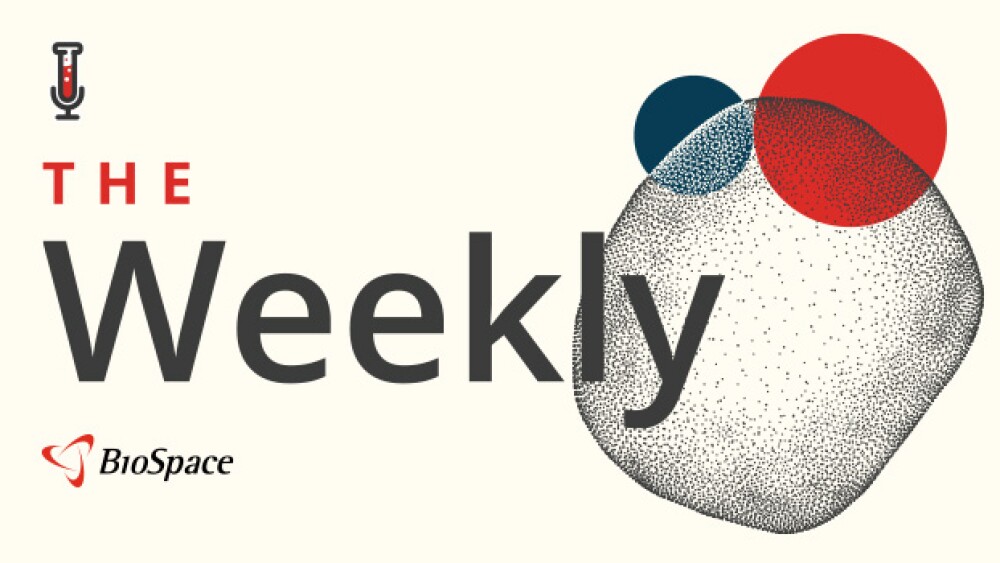Health and Human Services employees aren’t the only ones out of work. Thousands of private-sector biopharma professionals lost their jobs in the first quarter.
At the end of March, news hit that the Department of Health and Human Services had put 10,000 jobs on the chopping block. Those cuts began April 1, generating a flurry of media coverage about who’d lost their jobs and how they’d received that news. Some people, for example, found out when they went to start their workday and their security badges didn’t work. It was an ugly scene, to be sure. And yet . . .
Biopharma professionals are painfully familiar with this reality, as layoffs have hit the industry hard in recent years. In just the first quarter of 2025, about 4,015 employees were laid off, according to BioSpace tallies. Jobs are rarely safe, certainly not for years or decades. That kind of job security was only found at government agencies—until now.
Many of these laid-off biopharma employees are still looking for work. As highlighted in BioSpace’s job market report that went to Career Insider newsletter subscribers Thursday, job applications submitted through our website jumped 91% during the first three months of 2025. With thousands of life sciences–focused professionals suddenly being dismissed from HHS agencies including the FDA, NIH and CDC, how much harder is it going to be for the unemployed to find work?
Unfortunately, in addition to the sudden uptick in job seekers, the number of available positions is dropping. Bureau of Labor Statistics data released April 1 showed that U.S. job openings in February declined by 877,000 over the year. And in biopharma specifically, BioSpace data show a 20% dip in job postings live on our website in Q1 2025 as compared with Q1 2024.
In a job market like that, how much more stress is being placed on biopharma professionals looking for work now that they may have increased competition from former HHS workers? How much longer might it take to get a job? It’s not always a quick process, after all. In a BioSpace survey late last year that informed our 2025 U.S. Life Sciences Employment Outlook report, we found that 45% of unemployed respondents had been between roles for at least six months and 20% for over a year.
Some biopharma professionals have taken jobs they likely wouldn’t have before they found themselves laid off. According to a March BioSpace LinkedIn poll, 44% of respondents had recently taken a biopharma role they were overqualified for. In a recent BioSpace article, our recruitment manager, Greg Clouse, shared a story about a senior manager of a manufacturing function who became a supply chain manager simply because he needed a job.
Some senior-level biopharma professionals have turned to fractional roles where they work as part-time leaders for companies. Last year, Eric Charsky, president of Charsky Group, an executive search firm, told BioSpace that he’d seen more candidates he works with turn to fractional work in 2024 compared to 2023. That trend could very well continue this year.
Layoffs are tough whether you’re a public- or private-sector employee. HHS workers’ job loss may be garnering national headlines right now, but let’s not forget about the biopharma professionals who were already out of work, and those that join them every week.
Hopefully that market turns around soon for the sake of everyone out there looking for their next role.
Interested in more career insights? Subscribe to Career Insider to receive our quarterly life sciences job market reports, career advice and more.






